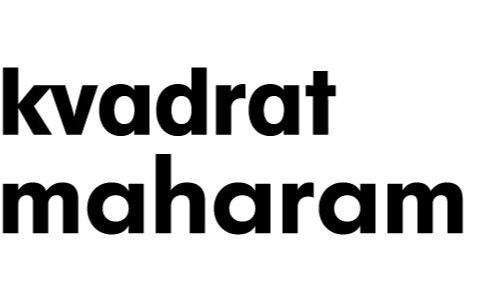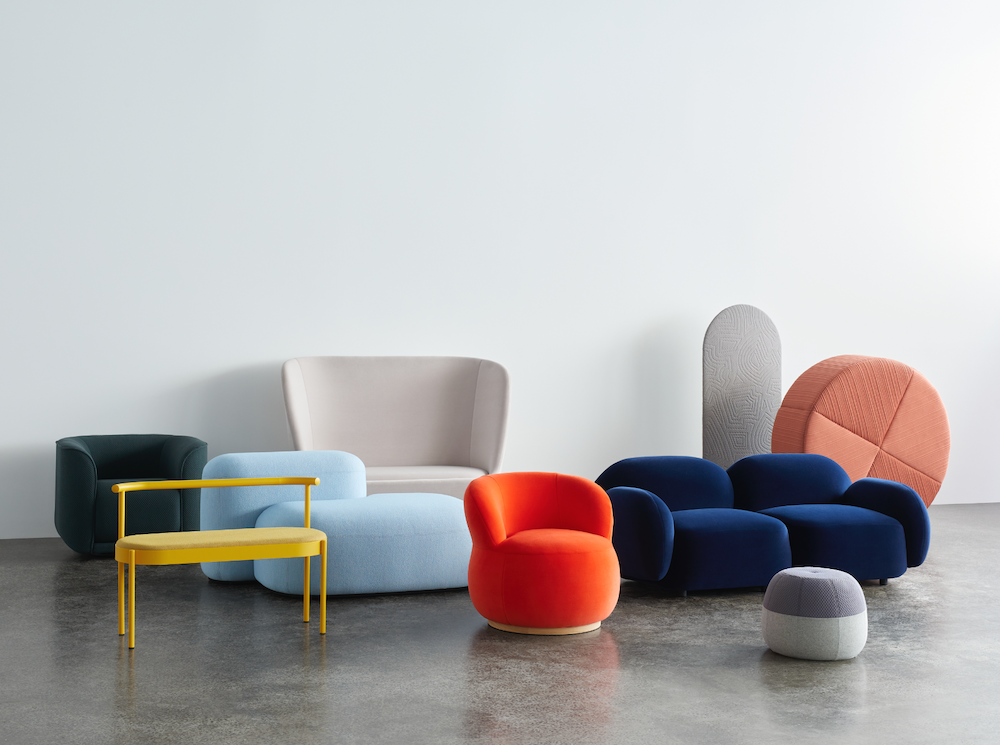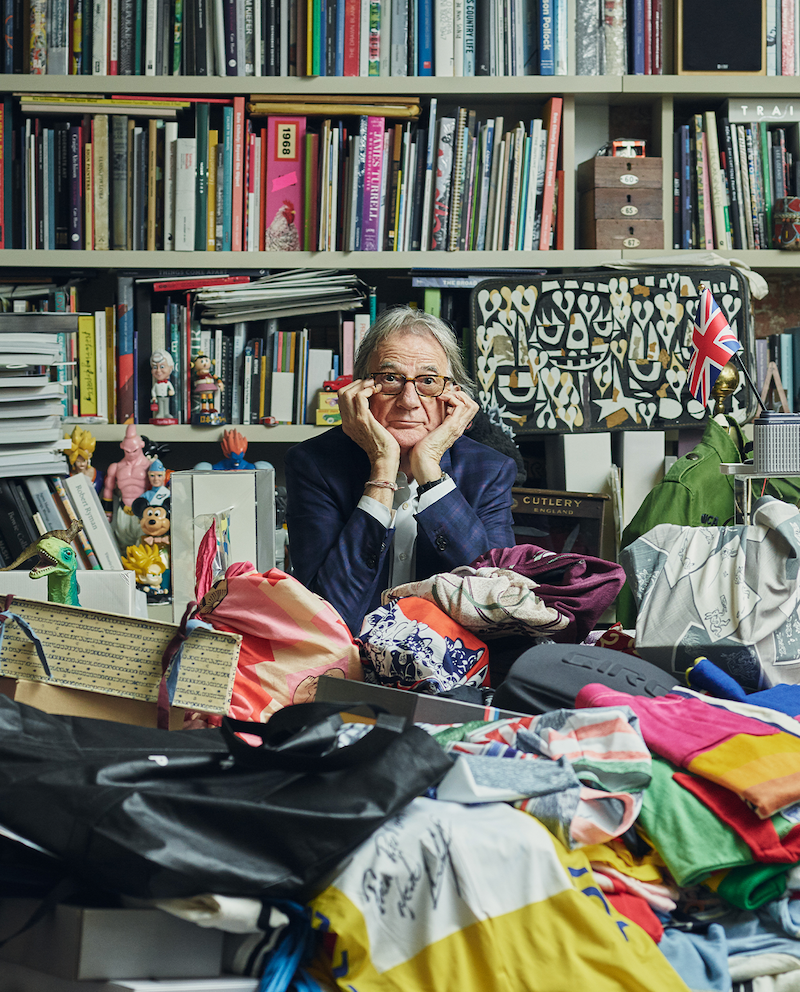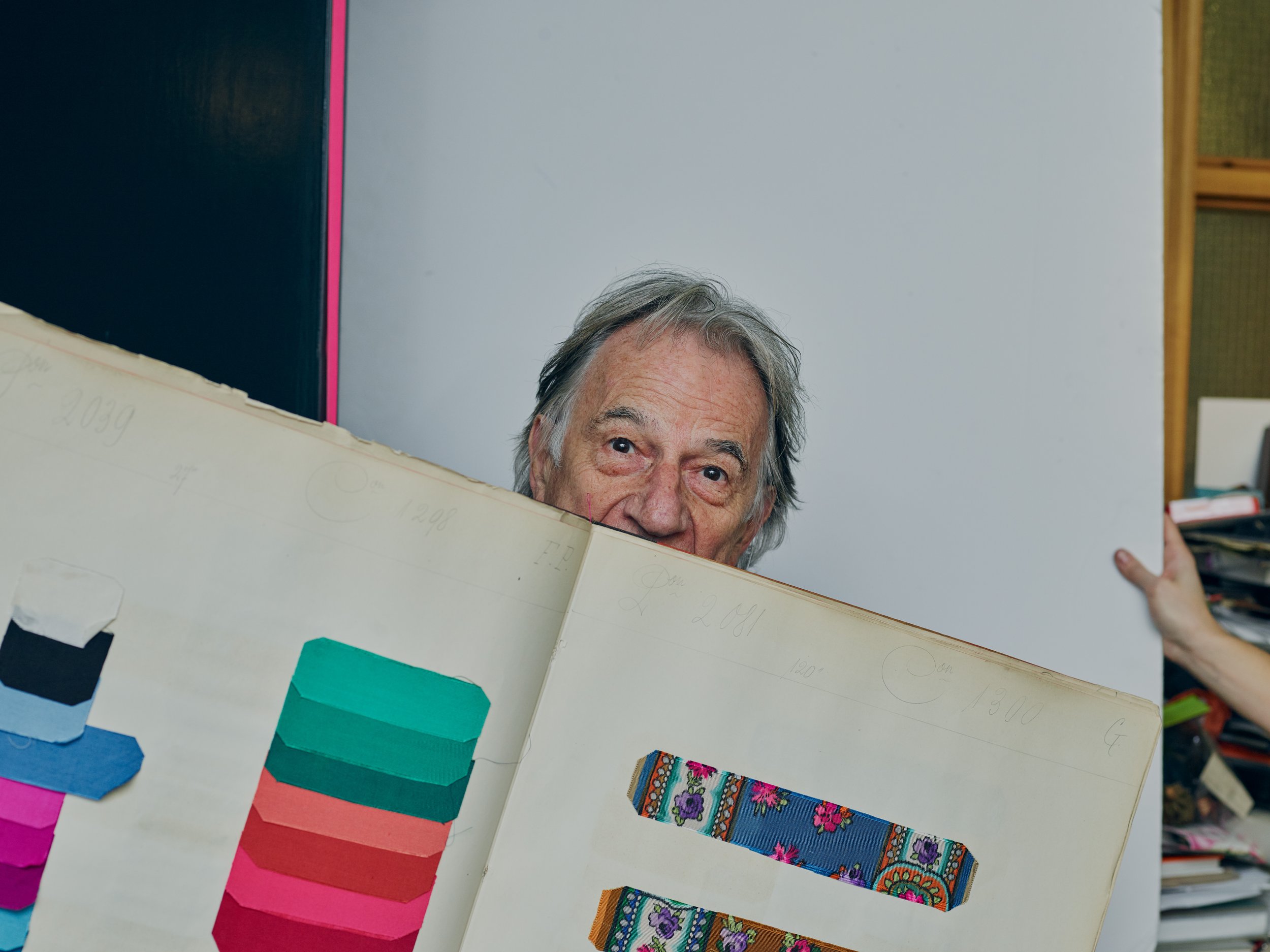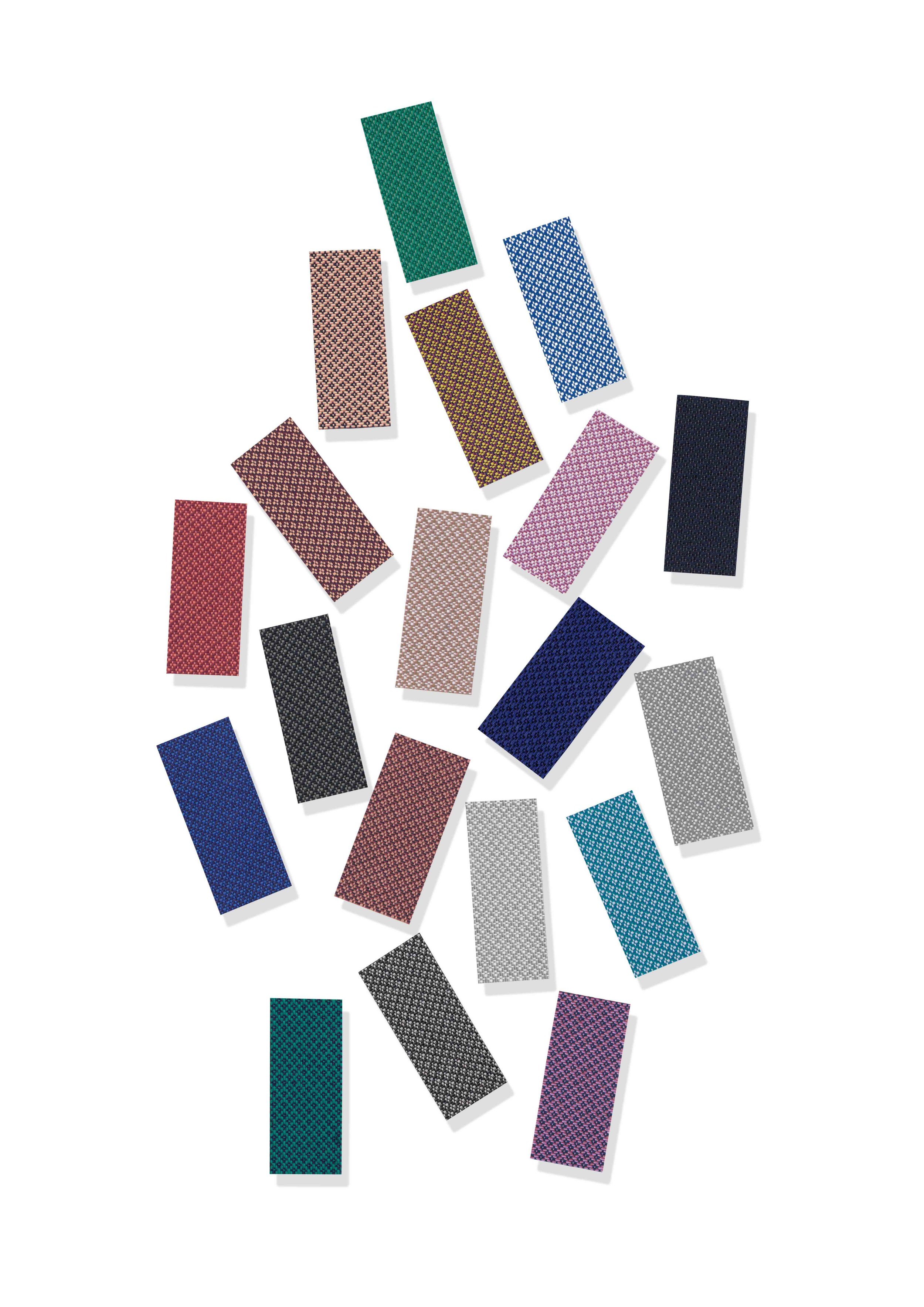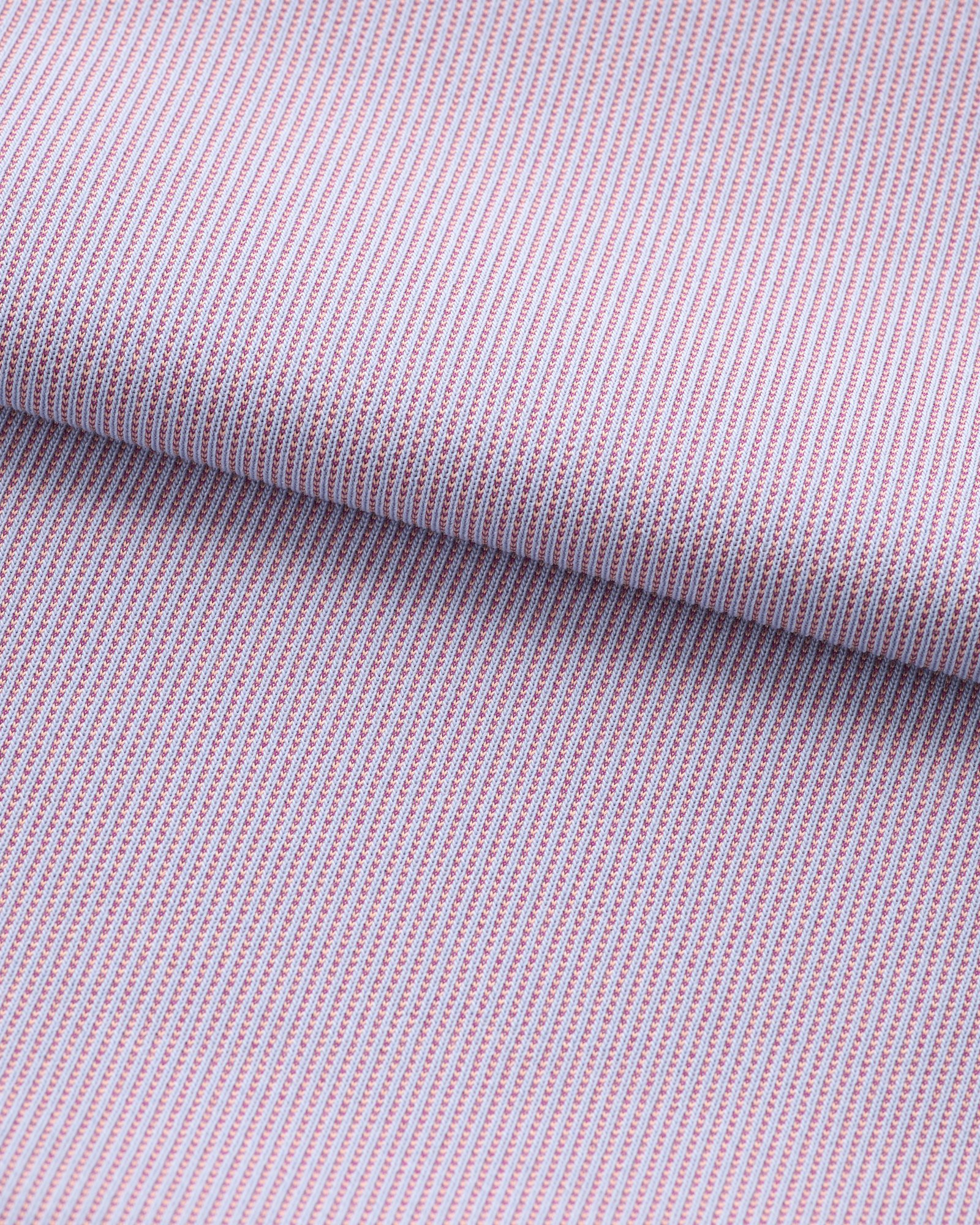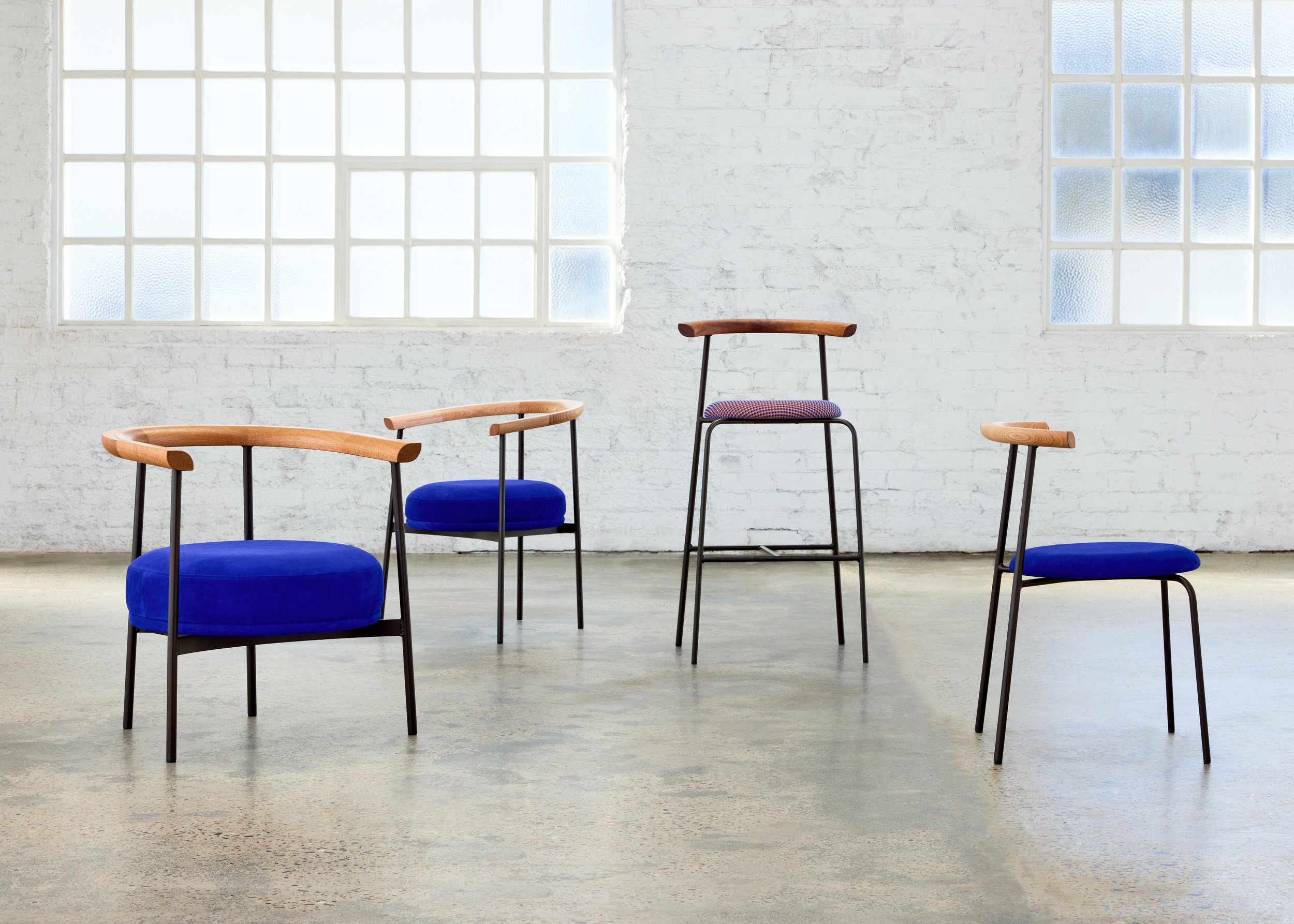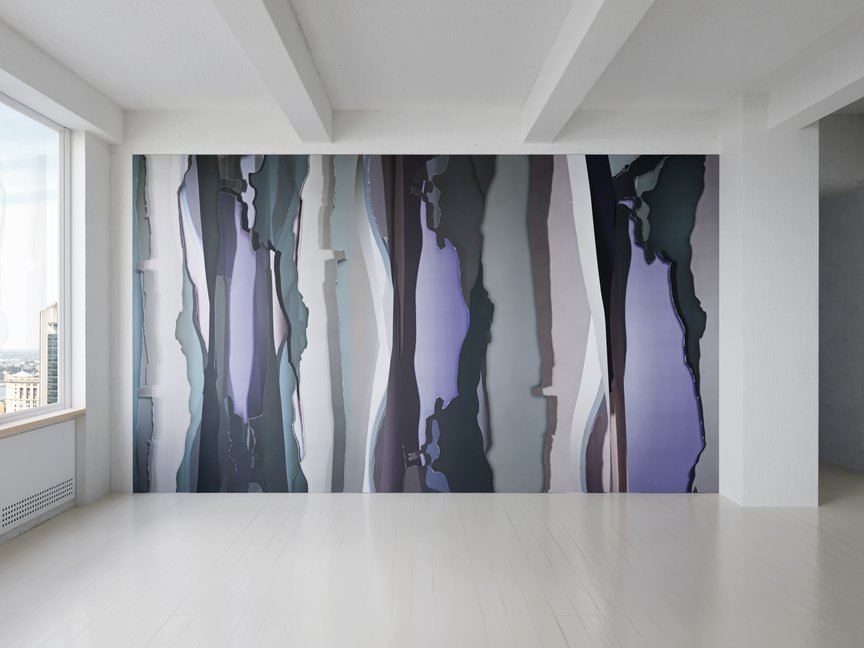Maharam is proud to support Tent Typologies: A Working Study – an exhibition by Sam Chermayeff Office on view at Dropcity during Milan Design Week 2024. The result of the Berlin-based architectural studio’s recent research into tensile structures, the study presents twelve typologies that explore the multivalent properties of tents.
Launching at this year’s Salone del Mobile, Kvadrat explores colour and the deep emotional effect it can impart on your senses through its special installation by Margrethe Odgaard in #coloureffects.
Maharam introduces Beyond and Midair by Jacob Hashimoto, the first woven textiles designed with the New York-based multimedia artist and longtime Maharam Digital Projects collaborator.
Wild yet calm, emotional yet composed, grounded yet revolutionary, the Sahco 2024 collection builds on its rich heritage, reviving and rethinking classic motifs with a 21st century mindset.
2023 marks twenty years of collaboration between the British fashion designer Paul Smith and Maharam.
Kvadrat has launched the world’s first recycled polyester upholstery textile made out of 100% ocean-bound plastic waste – Sport designed by Patricia Urquiola.
Acclaimed design duo Doshi Levien and long-term collaborators with Kvadrat present Naveli, a pure woollen upholstery textile inspired by the concept of ‘soft modernism’.
Dordrecht-based design studio, Studio Truly Truly worked in collaboration with Kvadrat on Suunta - a knitted upholstery inspired by the rows of blooms in Dutch flower fields.
Designed to mimic the feeling of a “big warm hug”, nau’s new Pa collection of chairs are defined by their pared-back minimalism and elegant curves.
Material exploration guides the Maharam design studio’s latest product introductions of textiles and hand-knotted rug, complemented by a collaboration between artist Miranda Lichtenstein and Maharam Digital Projects.

